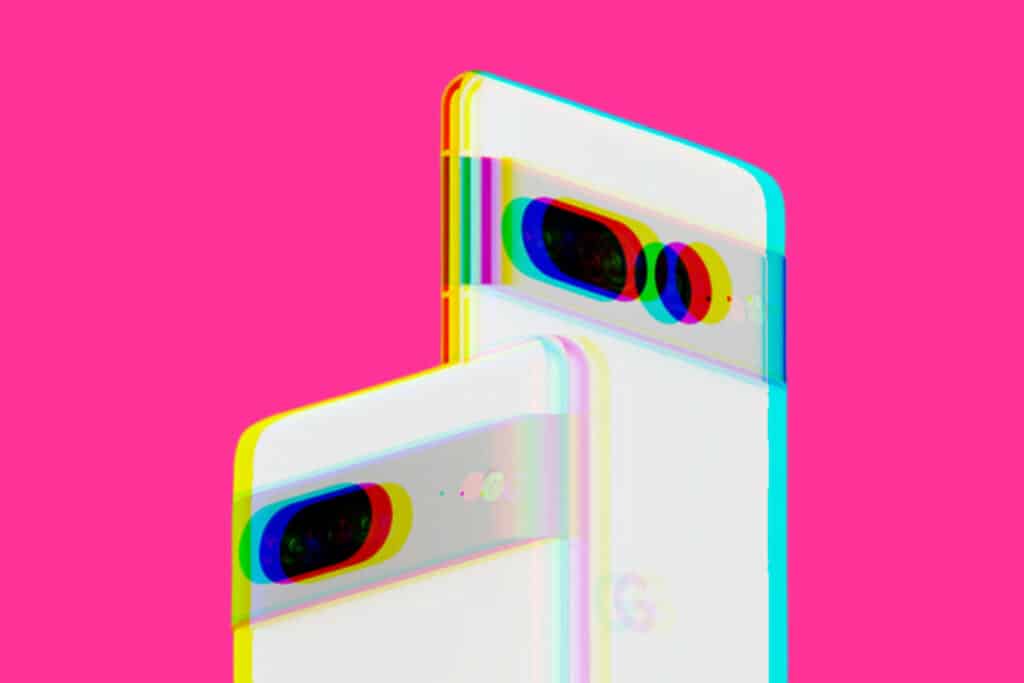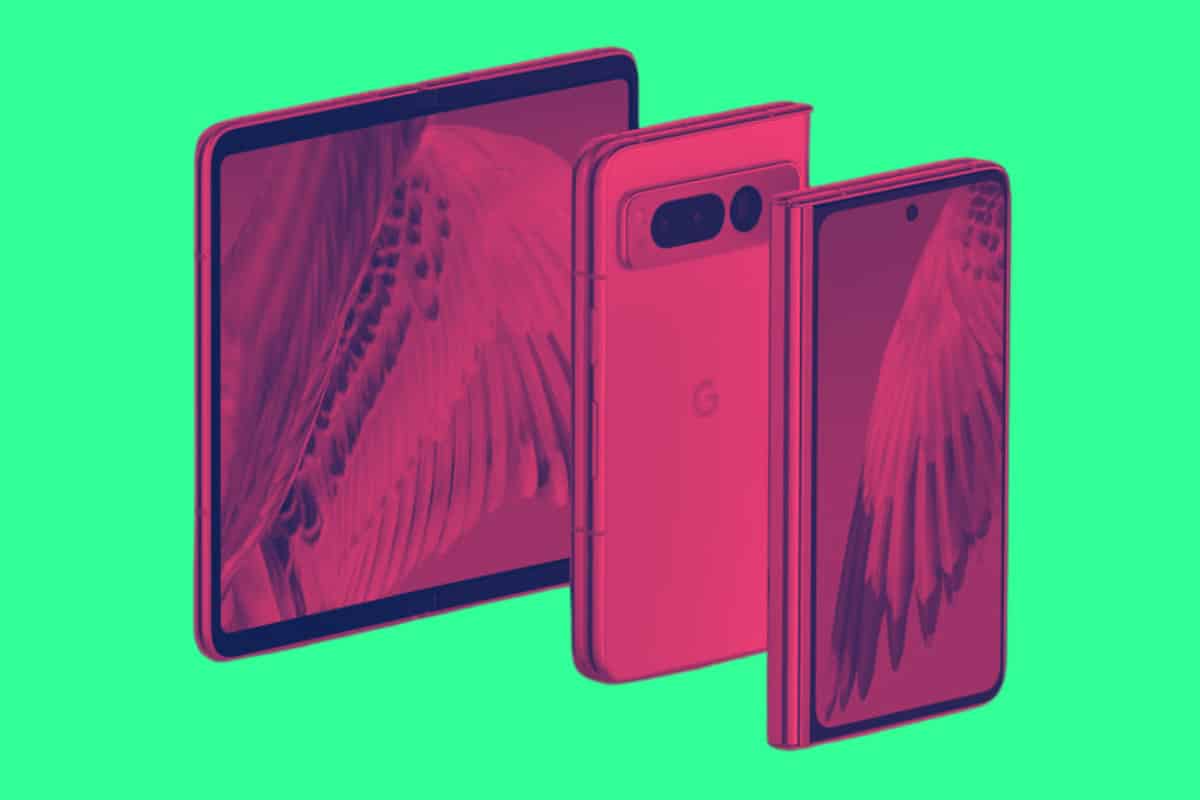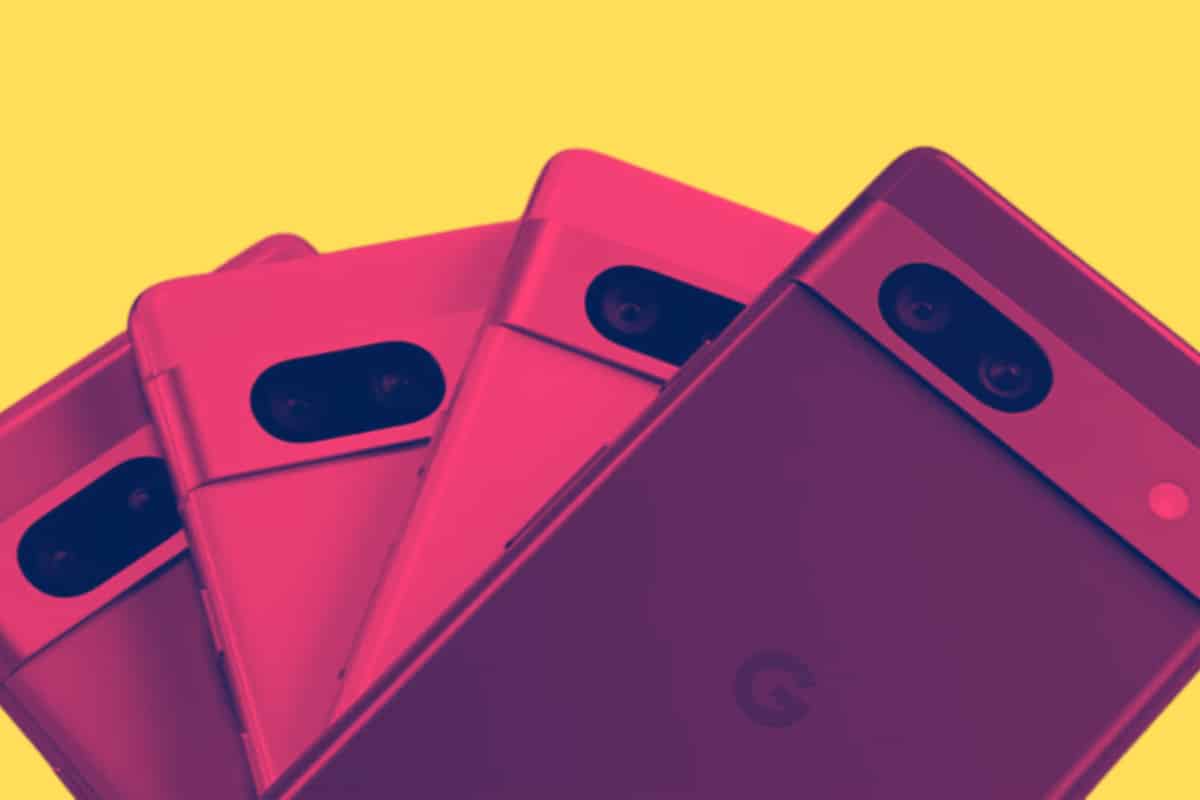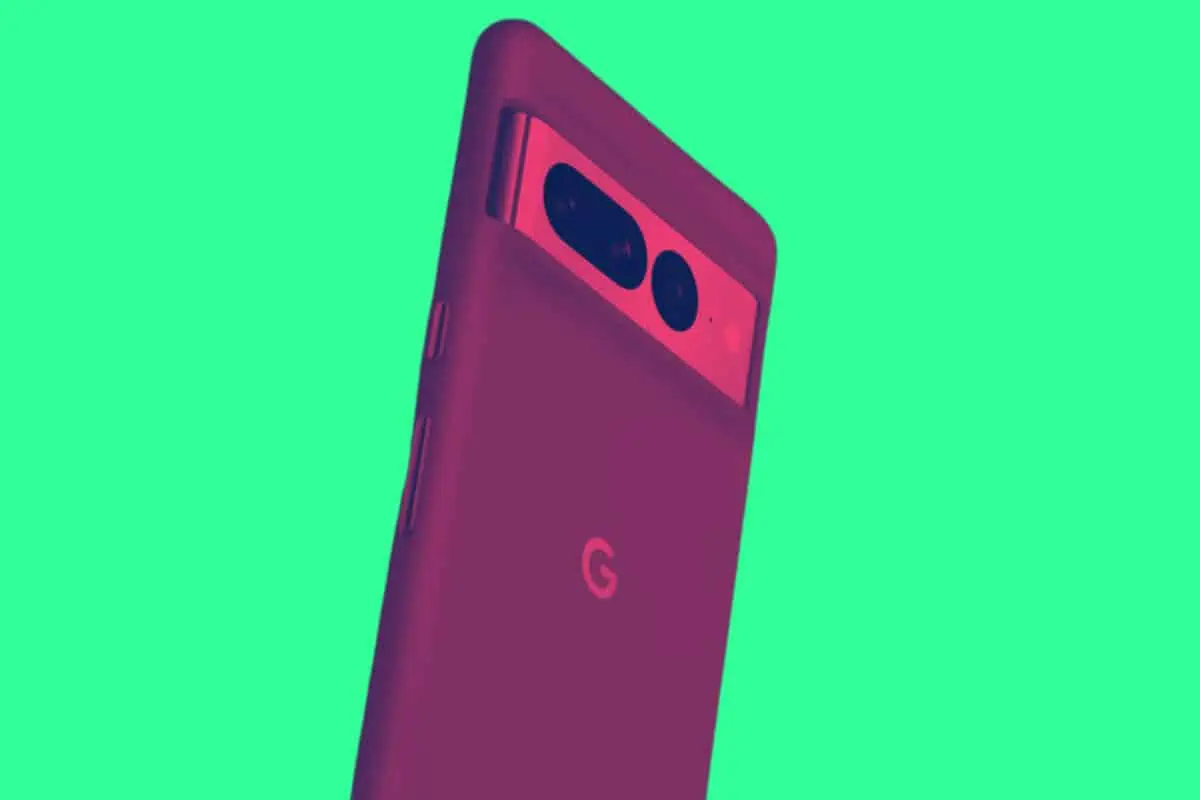Here’s a handy list of all of Google’s Pixel phones and their respective levels of water resistance and IP ratings
Google Pixel Phones IP Ratings (By Model)
| Google Pixel Model | IP Rating |
|---|---|
| Google Pixel 2 | IP67 |
| Google Pixel 2 XL | IP67 |
| Google Pixel 3 | IP68 |
| Google Pixel 3 XL | IP68 |
| Google Pixel 3a | No official IP rating |
| Google Pixel 3a XL | No official IP rating |
| Google Pixel 4 | IP68 |
| Google Pixel 4 XL | IP68 |
| Google Pixel 4a | No official IP rating |
| Google Pixel 4a 5G | No official IP rating |
| Google Pixel 5 | IP68 |
| Google Pixel 5a | IP67 |
| Google Pixel 6 | IP68 |
| Google Pixel 6 Pro | IP68 |
| Google Pixel 6a | IP67 |
| Google Pixel 7 | IP68 |
| Google Pixel 7 Pro | IP68 |
| Google Pixel 7a | IP67 |
| Google Pixel Fold | IPX8 |
What Does “IP” Stand For?
The International Electrotechnical Commission (IEC) uses Ingress Protection (IP) ratings to specify the environmental protection offered by electrical enclosures. This standard aims to provide users with more detailed information than vague marketing terms such as “waterproof”.
The IP code consists of the letters “IP” followed by two digits and an optional letter. The first digit indicates the level of protection against solid particles (like dust), while the second digit represents the level of protection against liquid ingress.
Also, please make a mental note of this: no phone is TOTALLY waterproof either; they’re resistant to water to an extent, but that doesn’t mean they’re waterproof. If you want to make your phone totally waterproof, you’ll need a phone case that provides full waterproofing.
IP67 vs IP68

IP67 Rating
In an IP67 rating, the ‘6’ confirms that the device is completely protected against solid objects like dust and sand. In other words, it’s dust-tight.
The ‘7’ indicates that the device can be submerged in water up to 1 meter deep for up to 30 minutes without suffering harmful effects. This is achieved under specific conditions (usually at room temperature with clean water).
Devices with an IP67 rating are suitable for various environments and activities, including those where they may be exposed to dust, dirt, or accidental submersion. However, they are not designed to be used underwater for extended periods or in high-pressure water environments.
IP68 Rating
An IP68 rated device also has the highest protection level ‘6’ against dust, just like the IP67 rating.
However, the ‘8’ indicates a higher level of water protection. The device can be submerged in water typically up to 3 meters (though this can vary with the manufacturer’s specifications), for extended periods. This is usually 30 minutes or more, but the exact details can vary.
This does not mean that the device is suitable for continuous underwater use, such as for scuba diving. Instead, it should survive if accidentally dropped in a body of water deeper than 1 meter or if used in heavy rainfall.
IP67 vs IP68: Key Differences
The key difference between IP67 and IP68 lies in the extent of water protection. Both offer the same dust protection but differ in how long and how deep under water the device can go.
While both ratings should protect against temporary immersion, only an IP68-rated device should be capable of withstanding submersion beyond 1 meter for an extended period.
However, it’s crucial to understand the limitations of these ratings. They are based on laboratory conditions and may not reflect real-world effectiveness, where factors like water temperature, water purity, and the presence of chemicals can alter outcomes.
While the IP rating may suggest a certain level of water resistance, manufacturers often exclude water damage from their warranties. Therefore, it’s always a good idea to prevent your devices from getting wet, regardless of their IP rating.
Remember, these ratings are about resistance, not absolute waterproofing. Even with an IP68 rating, it’s not recommended to take your device swimming or into the shower routinely. Always refer to the manufacturer’s instructions regarding safe use. And use a case for your phone, and not a cheap, crappy one either.
Additional Resources:
What Does IPX8 Mean?

When an “X” appears in the IP code, such as in IPX8, it signifies that a device hasn’t been rated for protection against the ingress of solids or that the data is not available.
In the case of IPX8, the device’s protection level against water is specified, but not its protection against dust or solid particles.
The ‘8’ in IPX8 is the highest rating for water resistance. It indicates that the device can be submerged in water deeper than 1 meter (the exact depth is usually specified by the manufacturer) for extended periods without suffering harmful effects.
It’s important to note that the testing conditions are generally under fresh water at room temperature. The manufacturer will specify the exact conditions, including depth and duration.
While devices with an IPX8 rating have superior water protection, they are not designed for all types of water exposure.
For example, they might not withstand high-pressure water jets, steam cleaning, or continuous underwater use such as scuba diving.
Moreover, the water protection may not extend to all kinds of liquids. Substances like salt water, chlorinated water, or liquids with chemicals may still damage the device.
The Significance of IPX8
An IPX8 rating is particularly beneficial for devices intended to be used around water or in wet environments. These could include outdoor equipment, sports accessories, or even everyday gadgets like smartphones and wireless earbuds.
Water resistance does not equate to being “waterproof,” a term which suggests an absolute defense against water. Even with an IPX8 rating, devices should not be exposed to water unnecessarily.
What is The Best IP Rating For A Phone?

The “best” IP rating for a phone greatly depends on your specific needs, usage habits, and the environments where you tend to use your device.
In general, the higher the IP rating, the better the protection against dust and water, so if you’re after the maximum amount of protection, go with either IP67 or IP68.
Here’s what to consider:
- If you frequently use your phone in dusty environments or are concerned about small particles infiltrating your device, you should look for a phone with a ‘6’ as the first digit in its IP rating (e.g., IP67 or IP68). This is the highest rating for protection against dust and means the device is dust-tight.
- If you often use your phone around water or in wet conditions, consider a phone with a ‘7’ or ‘8’ as the second digit in its IP rating.
- An ‘8’ provides the highest level of water resistance, indicating that the phone can be submerged in water deeper than 1 meter (the exact depth and duration will be specified by the manufacturer). An IPX7 rating means the phone can be submerged in up to 1 meter of water for up to 30 minutes.
- An IP68 rating is typically seen as the best for smartphones, as it offers the highest available protection against both dust and water. But even an IP68-rated device isn’t completely waterproof. It shouldn’t be exposed to water unnecessarily, and activities like swimming with the device or exposing it to pressurized water aren’t advisable.
On the other hand, if you rarely expose your phone to dust or water, a high IP rating might not be as crucial for you. Some phones without official IP ratings still offer some degree of water resistance, but it’s safer not to expose these devices to water.


